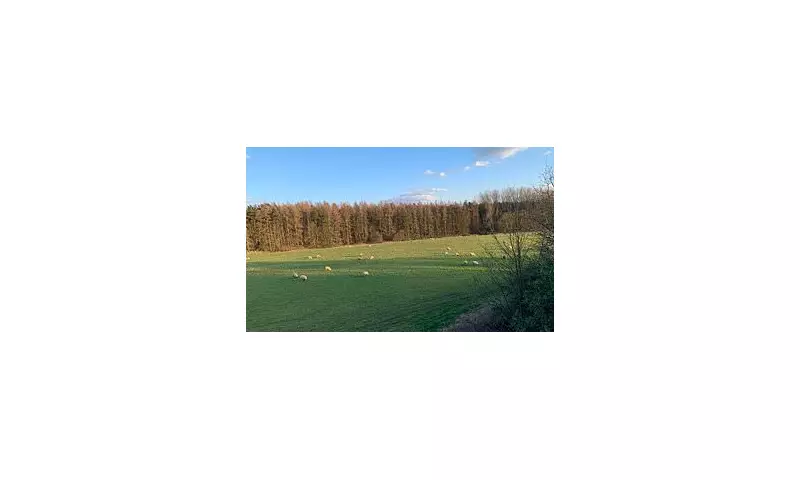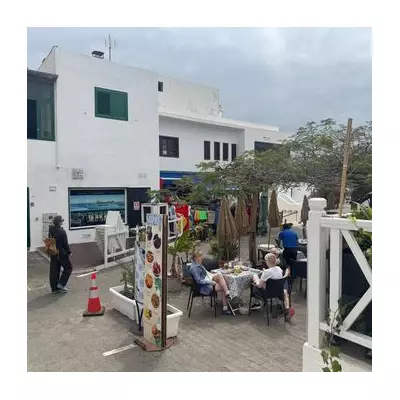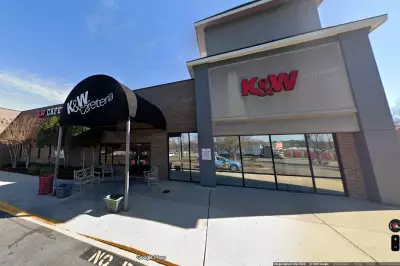
In a dramatic shift for England's planning system, affluent commuter towns surrounding London could soon see thousands of new homes constructed on previously protected Green Belt land under Labour's proposed planning reforms.
The End of Local Veto Power
The controversial policy would strip local councils of their ability to block major housing developments, fundamentally altering the landscape of some of Britain's most desirable residential areas. The reforms target what Labour describes as "low-quality" Green Belt land that fails to serve its environmental purpose.
This represents one of the most significant planning shake-ups in decades, potentially unlocking vast tracts of land for development in areas where housing shortages have become increasingly acute.
What This Means for Homeowners and Communities
The implications for homeowners in these affluent areas are substantial:
- Potential for significant local infrastructure strain
- Changes to property values in affected areas
- Altered character of traditionally protected communities
- Increased pressure on local services and transport networks
The Political Battle Over Green Belt Land
Conservative MPs and local campaigners have already begun mobilising against the proposals, arguing that they represent an assault on local democracy and environmental protection. "This is about giving communities a say in their own future," one campaigner stated.
However, housing advocates counter that the chronic shortage of homes, particularly in the Southeast, requires bold solutions. With young families and key workers increasingly priced out of entire regions, the political pressure for reform has been building for years.
The Criteria for Development
Not all Green Belt land would be eligible for development under Labour's plans. The policy specifically targets areas that:
- Fail to meet environmental quality standards
- Are situated near existing transport infrastructure
- Could support sustainable community development
- Have been identified as suitable for housing growth
The coming months are likely to see intense debate between development advocates and conservationists as the details of these proposals become clearer and local communities assess their potential impact.





